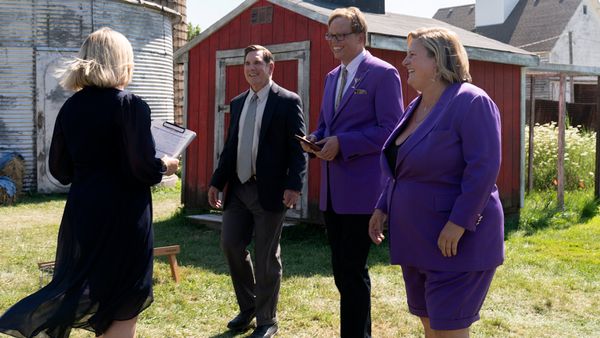
October 28, 2017
Nosferatu's Gay Master
David-Elijah Nahmod READ TIME: 2 MIN.
In "The Language of Shadows," a one-hour documentary included on Kino Lorber's DVD release of FW Murnau's classic chiller "Nosferatu" (1922), the auteur is recalled by his niece as a sensitive, artistically inclined young man who was interested in art and theater. As a youngster in Germany he attended the theater regularly, often "restaging" the productions he saw at his home. By his early 20s, Murnau was hanging out with artists and literary figures and acting onstage. Though "The Language of Shadows" never mentions Murnau's homosexuality, the film paints an almost stereotypical portrait of a "sensitive" gay artiste.
That sensitivity could clearly be seen when Murnau became a filmmaker. His first half-dozen films are either lost or survive in short fragments, though most of his 1920s output exists fully intact. What we see today is the work of a man who understood the power of cinema. Murnau painted haunting portraits with his camera, as he did with his visually stunning retelling of the medieval legend "Faust" (1926).
The film's imagery remains unforgettable even today. As the plague ravages a small town, the Satanic Mephisto hovers over the populace, laughing maniacally at the suffering he sees below. Sequences like these are visually stunning. Not even today's computer-generated effects can hold a candle to the dark universe that was Murnau's cinematic vision.
"Nosferatu" (1922) is Murnau's most widely-seen film. The first big-screen version of Bram Stoker's 1897 "Dracula," the film was almost lost forever. Denied the novel's film rights by Stoker's estate, Murnau simply changed the names of the characters and the title. "Nosferatu" is the German word for undead. Stoker's widow sued for copyright infringement, and all copies of the film were ordered destroyed. Fortunately, a few prints survived, and Kino Lorber has restored the film from various prints found in European vaults.







